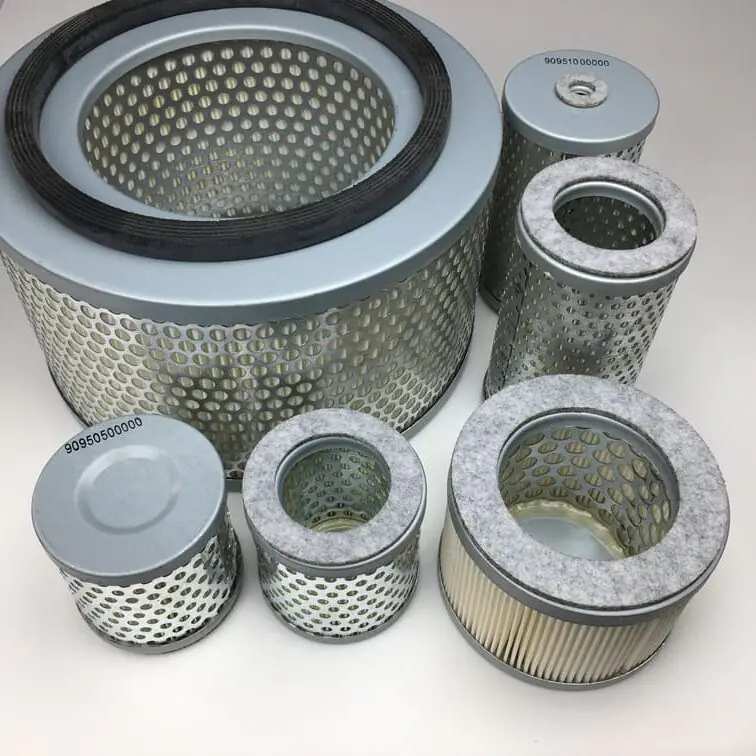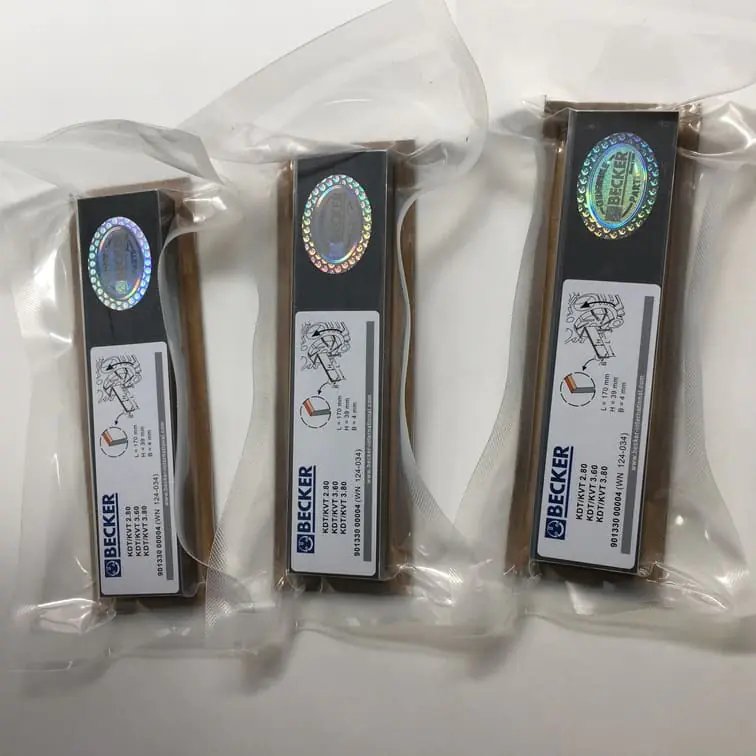How Long to Degas Wine with a Vacuum Pump
If you are into wine-making, you’ve probably heard about degassing — the process of removing carbon dioxide from wine to improve its quality. One of the most efficient ways to achieve this is by using a vacuum pump. But an important question remains: how long should you degas wine with a vacuum pump? In this comprehensive guide, we will explore the details of wine degassing, the role of a vacuum pump, and how long the entire process typically takes to ensure your wine reaches its optimal quality.
What is Degassing in Wine-Making?
Degassing is the process of removing carbon dioxide (CO2) from your wine. During fermentation, yeast converts sugar into alcohol and CO2, which can get trapped in the liquid. If not removed, this trapped gas can lead to an undesirable taste, fizziness, and even problems with stability.
Degassing is critical for a few reasons:
- Improves Taste and Smoothness: Wine that retains CO2 can taste sharp or fizzy, which is typically undesirable unless you are making sparkling wine.
- Reduces Haziness: Removing excess CO2 helps prevent haze and improves the wine’s clarity.
- Improves Stability: Proper degassing reduces the chances of re-fermentation, thus stabilizing the wine.
Key Benefits of Degassing
| Benefit | Description |
|---|---|
| Taste Improvement | Reduces unwanted sharpness |
| Enhanced Clarity | Decreases haziness and improves transparency |
| Stability | Reduces risk of secondary fermentation |
“Properly degassing your wine will help bring out the full flavor and ensure a smoother, more enjoyable experience for your palate.”
Why Use a Vacuum Pump for Degassing?
Vacuum degassing is one of the fastest and most efficient methods available for home wine-makers. It works by using a vacuum pump to create a low-pressure environment in which the dissolved CO2 rapidly escapes from the wine. This method is particularly popular because of its ease and effectiveness compared to manual techniques such as stirring or shaking.
Advantages of Vacuum Degassing
- Speed: Vacuum pumps can degas wine in minutes, compared to hours or days for traditional methods.
- Efficiency: This method removes a higher amount of CO2 than stirring or whipping, leading to more stable wine.
- Ease of Use: Operating a vacuum pump is relatively straightforward, requiring less physical effort compared to manual alternatives.
How Does a Vacuum Pump Work?
A vacuum pump creates negative pressure inside the carboy or container, lowering the boiling point of carbon dioxide and causing it to escape from the wine. As the CO2 leaves the wine, you’ll notice bubbles forming, similar to when a bottle of soda is opened. When bubbling subsides, it’s an indicator that most of the CO2 has been removed.
How Long Should You Degas Wine with a Vacuum Pump?
The length of time needed to degas wine with a vacuum pump depends on several factors, including the wine’s temperature, CO2 content, and equipment used. Generally, the degassing process with a vacuum pump takes between 10 to 30 minutes.
Factors Affecting Degassing Time
- Temperature of the Wine: Warmer wine releases CO2 faster. For best results, the wine should be at a temperature of 70-75°F (21-24°C). Cold wine retains CO2 longer, making degassing harder.
- CO2 Content: Wines that have undergone vigorous fermentation may contain more CO2, thus requiring more time.
- Strength of the Vacuum Pump: A more powerful vacuum pump will reduce the time required for degassing.
Tip: Always make sure your wine is at room temperature before degassing. Cold wine is harder to degas, extending the time required.
Step-by-Step Guide for Degassing Wine with a Vacuum Pump
- Set Up the Vacuum Pump: Connect the pump to the carboy with the appropriate fittings. Ensure that the container is airtight to achieve effective vacuum creation.
- Apply the Vacuum: Turn on the vacuum pump and observe the wine. You will start to notice bubbles rising to the top. These bubbles are CO2 being released.
- Monitor the Bubbles: Allow the vacuum to run until the bubbling becomes very minimal or stops completely. This should take around 10-20 minutes for most wines.
- Reapply if Necessary: If you notice any remaining CO2 over the next few days, you can repeat the process.
| Step | Description |
|---|---|
| Set Up Pump | Connect pump to airtight container |
| Apply Vacuum | Turn on pump and monitor bubbling |
| Monitor Progress | Run until bubbles cease |
The Importance of Temperature in Degassing
Temperature plays a vital role in the degassing process. CO2 solubility in wine decreases as the temperature rises, meaning that warmer wine degasses faster. If you attempt to degas a wine that is below 65°F (18°C), the process will take considerably longer, and you may not fully remove all of the dissolved CO2.
Best Practice Tip: Always bring your wine to room temperature before degassing. Ideally, aim for around 70-75°F (21-24°C) to achieve the best results in the shortest time.
“Warming your wine slightly before degassing is a simple but effective way to ensure maximum CO2 removal.”
Signs That Your Wine is Fully Degassed
To determine if your wine has been fully degassed, pay attention to the following indicators:
- No More Bubbling: When using a vacuum pump, there should be no bubbles forming after several minutes of vacuum application.
- Taste Test: If the wine has a prickly or effervescent taste, there is likely still CO2 present.
- Clarity Improvement: Fully degassed wine will generally clear faster since CO2 can cause haziness.
Common Mistakes to Avoid When Degassing Wine
1. Degassing Too Early
Some wine-makers make the mistake of attempting to degas too soon after fermentation. It is best to allow the wine to rest for a while after fermentation so that much of the CO2 can dissipate naturally.
2. Using a Weak Vacuum Pump
A weak or inadequate pump will not create enough vacuum to effectively remove CO2. Ensure your vacuum pump is appropriate for wine degassing.
3. Degassing Cold Wine
As mentioned earlier, cold wine holds onto CO2 more tightly. Always bring the wine to room temperature to ease the degassing process.
Frequently Asked Questions
1. How long should I use a vacuum pump to degas wine?
The typical time to degas wine with a vacuum pump is 10-30 minutes, depending on the wine’s temperature and CO2 content.
2. Can I degas cold wine with a vacuum pump?
It is not recommended. Cold wine retains CO2 more effectively, making the degassing process longer. Ensure your wine is at room temperature for optimal results.
3. What are the signs that wine is fully degassed?
Fully degassed wine will have no bubbles when under vacuum, and it will taste smooth without any effervescence.
4. Can I degas wine without a vacuum pump?
Yes, manual methods such as stirring or using a degassing wand are options, though they may




